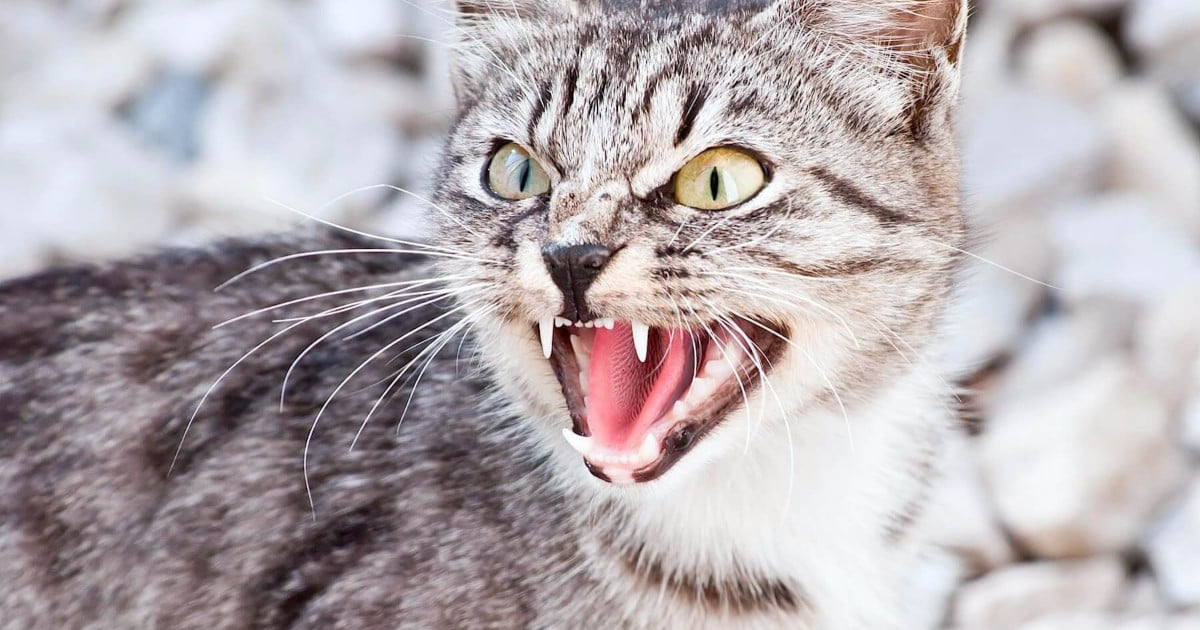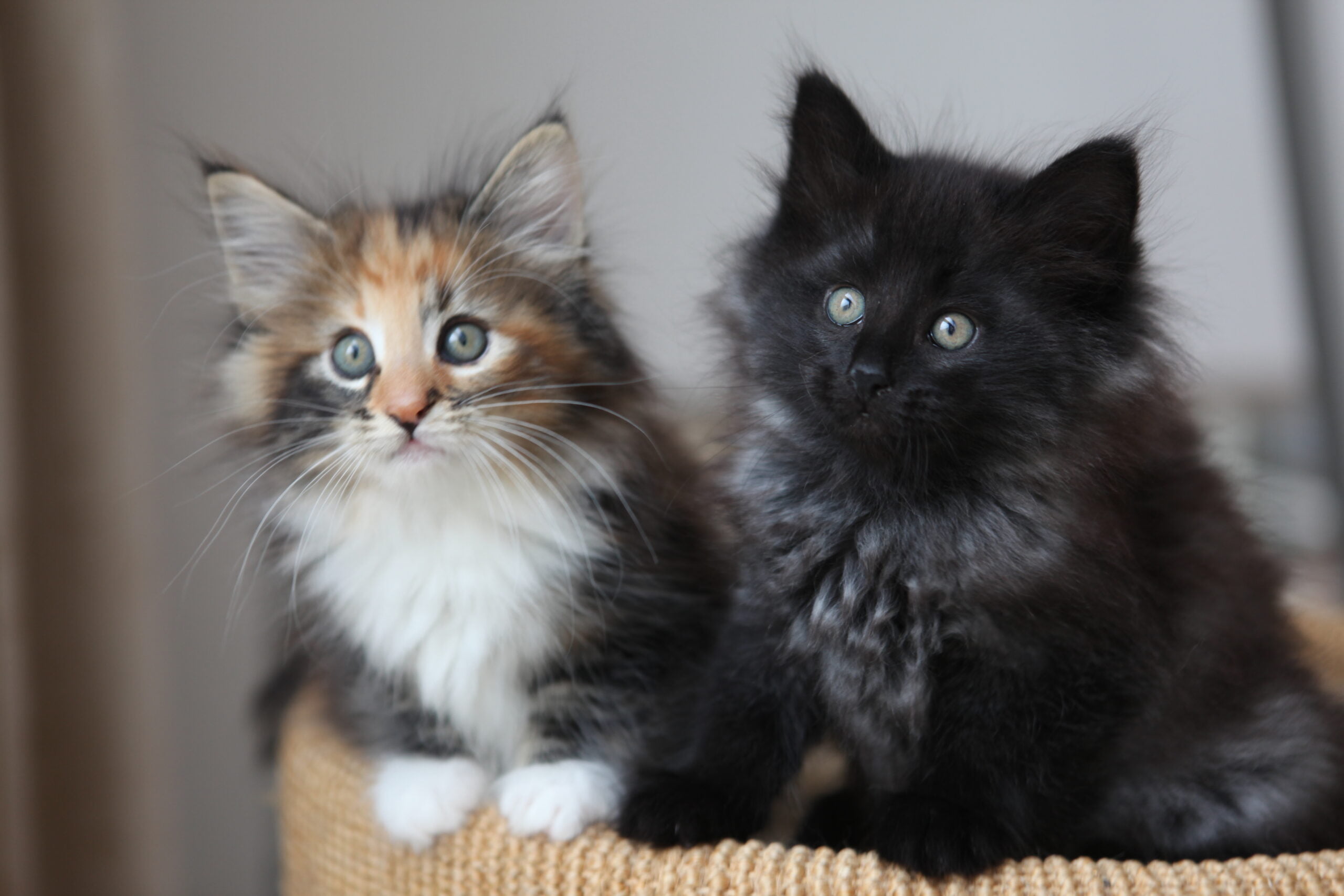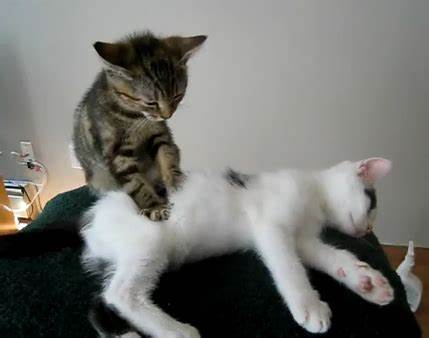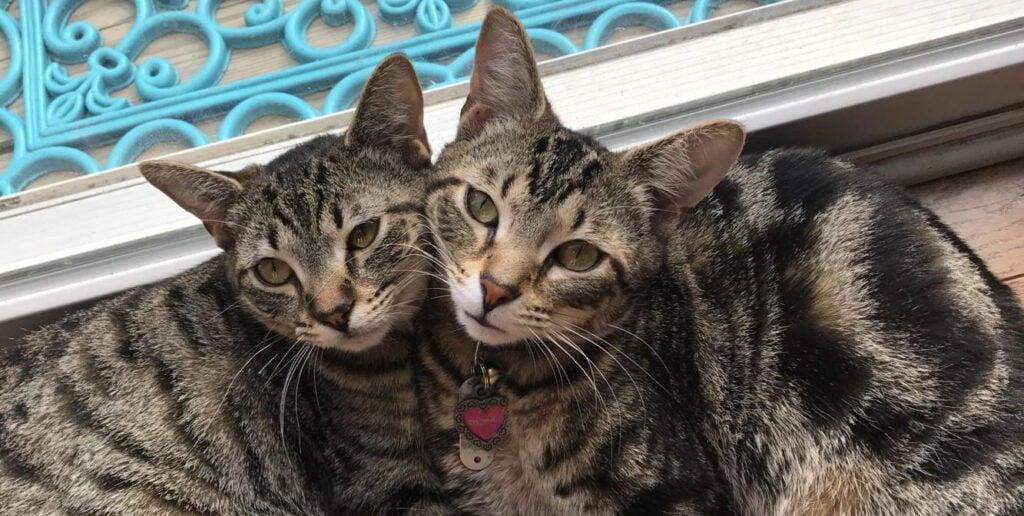Cat Aggression
Cat Aggression is not uncommon, but there is a reason why a cat is aggressive.
Generally, cats become aggressive when they feel threatened by something unusual or uncertain in their environment.
But it is not just the environment, a cat also can have aggressive behaviour attributed to pain or illness.

Aggressive Cat
- Aggressive Cat
- Territorial Instinct
- Multi Cat Households
- Reasons for Aggression between Cats
- Aggressive Kittens
- Introducing Other Pets to the Cat Household
- Cat Fights – Mild or Serious?
- Steps to encourage socialization
- Anxiety in a New Home
- Over Stimulation and Excitement Aggression
- Natural Remedies for Aggressive Cat Behaviour
- Cat Aggression and Medical Causes
- Catnip and Aggression
- Aggression Caused by Poor Nutrition
Territorial Instinct
The cat’s survival instinct programs them to set up an area as their territory. The cat guards its own area, deciding who is allowed to enter the territory such as familiar people and animals. A territory is marked when the cat rubs its face on objects to release pheromones and mark the area.
Cats that have been socialised accept other animals and people in their territory. Cats that are not socialised can react aggressively, with paw swats and possibly an attack. Mother cats will also act aggressively to protect their kittens.
Multi Cat Households
Aggression can be very dramatic in multi-cat households, and there can be a number of reasons for this. Typically, one cat is dominant and will control food, the litter tray, relaxation areas and the owner’s attention. This boss cat will patrol the area, patrolling the territory, with his tail held high.
When laying down his authority, he will make himself look bigger and more threatening, puffing up the fur, sometimes with a hiss. The other cat will try to appear smaller, cowering, turning its ears backwards and quickly dashing somewhere safer.
Reasons for Aggression between Cats
Aggressive Kittens
Kittens that are not familiarised with other cats and people early on, may exhibit aggressive behaviours later in life. A multi-cat household provides a social and hierarchal environment reflecting the colonies formed by feral cats.
Ideally, kittens should receive frequent and soft petting to accustom them to different people.
Cats that have not been adequately socialized as kittens feel frightened of strangers and dislike being picked up by people they don’t know. When a cat feels threatened by strangers, allow plenty of space when someone new enters the home.
Always allow the cat to approach in its own time. When you introduce the person into the room, give your cat a treat to reinforce the pleasant experience. If the cat is frightened at the vets, offer treats while in the clinic.

Introducing Other Pets to the Cat Household
The resident cats know by smell that another cat has been brought into their territory. The newcomer should be placed in its own room, to acclimatise to the new environment and establish its own safe sanctuary.
After one day it can be allowed out to investigate its new home without any other animals present. This will allow the new cat to become acquainted with smells and hiding places. The door of the original ‘safe’ room should be left open, lest the cat feels the need to dash back to safety.
The new cat can then be put back in its own room, while the existing cats become familiar with the new scent in their territory. Switching the cats bedding helps the cats exchange scents and familiarise themselves.
The following day allows the cats to exchange nose sniffs between a slightly ajar door. Once they have lost interest, allow the new cat out into the main area, with only the most docile existing cat present.
Introduce the existing cats slowly one by one, so the new cat doesn’t feel intimidated. Always allow some time before finally introducing the most dominant cat.
A little hissing or batting at each other is normal behaviour in a new multi-cat household. Never punish a cat for aggressive behaviour towards another cat. Punishment will cause stress and cause more aggression.
Do not cause jealousy or resentment by making a fuss about the new cat. It is better to stay present but neutral.
Once the cat is installed in its new surroundings, provide a sleeping place as high as possible, where it will feel more secure.
Cat Fights – Mild or Serious?
If a serious fight breaks out, place your body or an object between the fighting cats, and use a squirt bottle with water to spray the cat which is overly aggressive. A loud noise such as a shout, or clapping can also end hostilities.
Hissing and batting are normal in multi-cat households, this is the natural hierarchy being laid down between the individuals.
These noisy spats rarely cause serious harm and are no cause for concern. Never use treats to stop hostile behaviour, as this ‘reward’ will encourage aggression.
The best way to prevent aggression between cats is to introduce them carefully and slowly when they first meet. Cats are not necessarily social, and many covet and protect their own space.
If a serious fight breaks out :
Never intervene directly in a catfight. The bully cat will redirect its aggression to the owner, stoking more anger and risking injury. Also, never punish the bully, as it will cause more stress and the situation will escalate.
Mild spats between cats can be diffused by taking appropriate steps :
Steps to encourage socialization
Anxiety in a New Home
Cats are naturally territorial and any changes cause stress. After moving home, cats may demand more attention and meow more than usual. They can be reassured by paying them more attention and affection, playing with them and giving treats.
To avoid stress caused by unfamiliar scents and people, and unfamiliar activity, place the cat in a separate room with the door closed until things have settled.
As a sensible precaution close windows, and take extra care that the unsettled cat does not dart out through open doors. Cats may be inclined to leave a new home and seek out the old familiar home, becoming lost in the process.
Microchipping the cat is a very good idea to help locate them if they do escape. The new owners of the old house should be made aware, in case the cat does appear.
Cats are animals of habit and deplore changes to their routine and environment. To increase familiarity with the new surroundings, bring their usual sleeping beds, litter tray, dishes and favourite toys. Try to spread the cats’ scent around the new home, distributing the familiar items in different rooms.
Over Stimulation and Excitement Aggression

Cats like personal space, and different cats have different levels of touch tolerance.
Some prefer only a small amount of petting before they become overwhelmed.
A sudden bite, lashing the tailor flattening ears show that the cat has become overstimulated and it is time to stop.
Some cats have sensitivity in certain areas, and touching backs, stomachs or tails can be unpleasant for them.
It is better to watch young children when they are handling cats.
Natural Remedies for Aggressive Cat Behaviour
Natural herbal remedies can be added to the cat’s diet to reduce anxiety and aggressive behaviour.
If aggressive cat behaviour cannot be modified through natural remedies, the vet can recommend a prescription medication.
Cat Aggression and Medical Causes
If sudden aggressive behaviour is out of character, it may have a medical cause and should be referred to the vet. Other important indicators include:
Catnip and Aggression
When giving cats catnip for the first time, keep cats separately. Catnip has been known to trigger an aggressive reaction in some cats. If all seems calm, they can be allowed to play together with catnip.
Aggression Caused by Poor Nutrition
An imbalanced diet lacking nutrients can trigger medical conditions and cause behavioural problems. Ideally, feeds should be little and often reflect the natural feeding pattern, rather than one or two large feeds a day.


